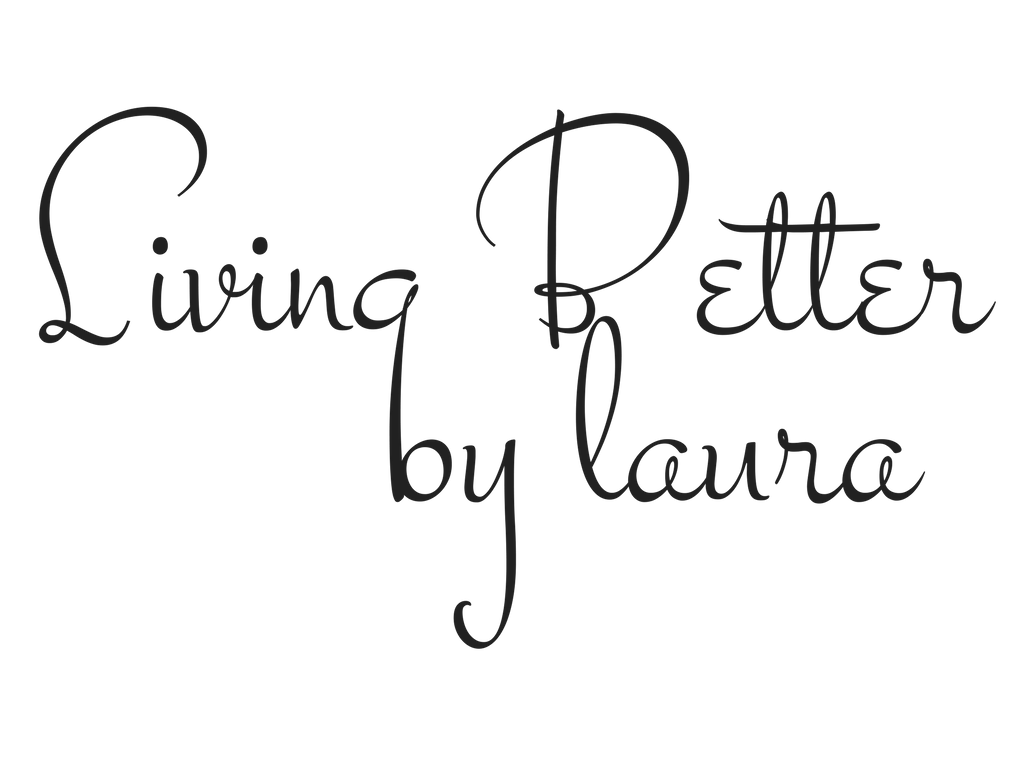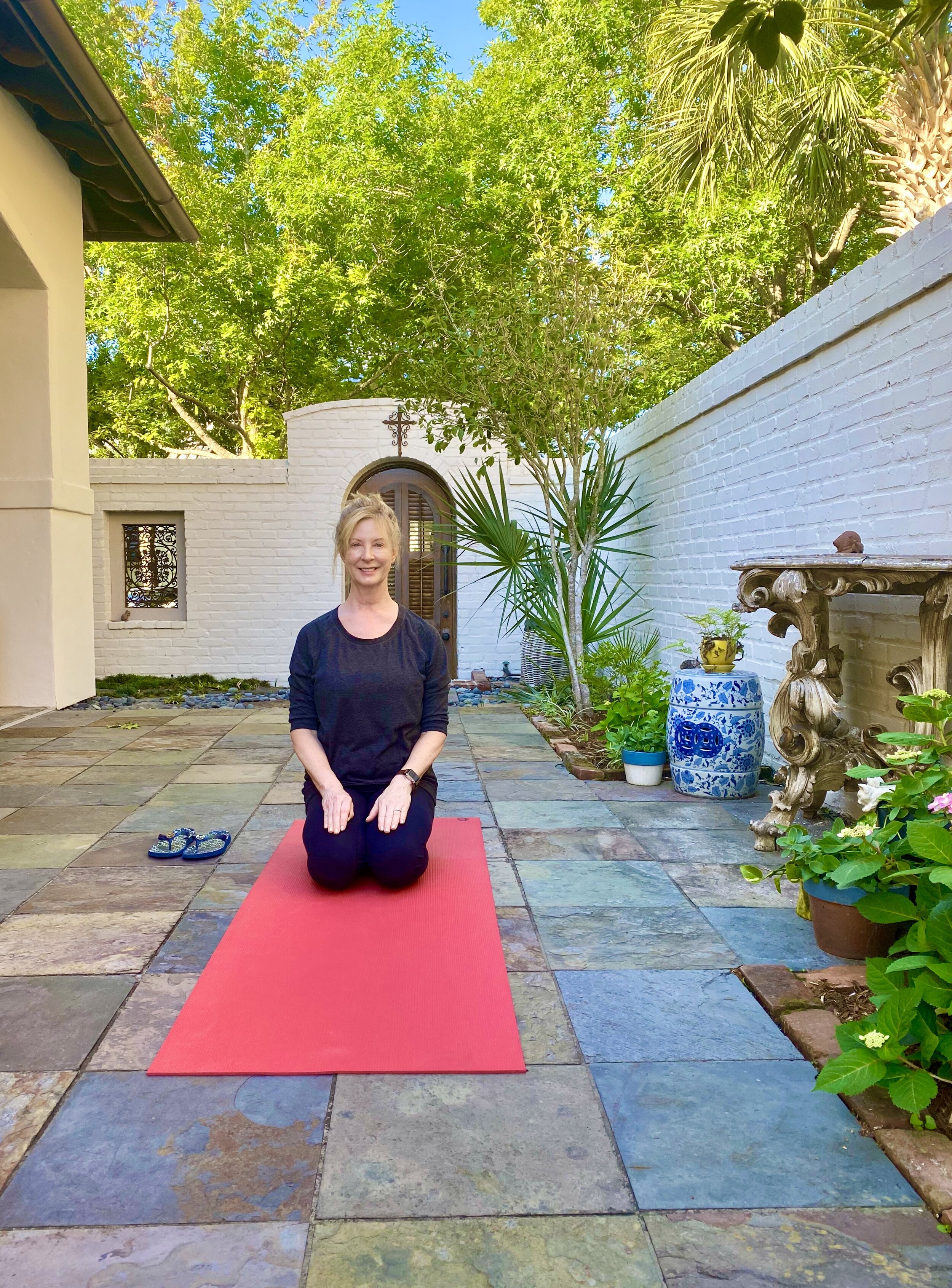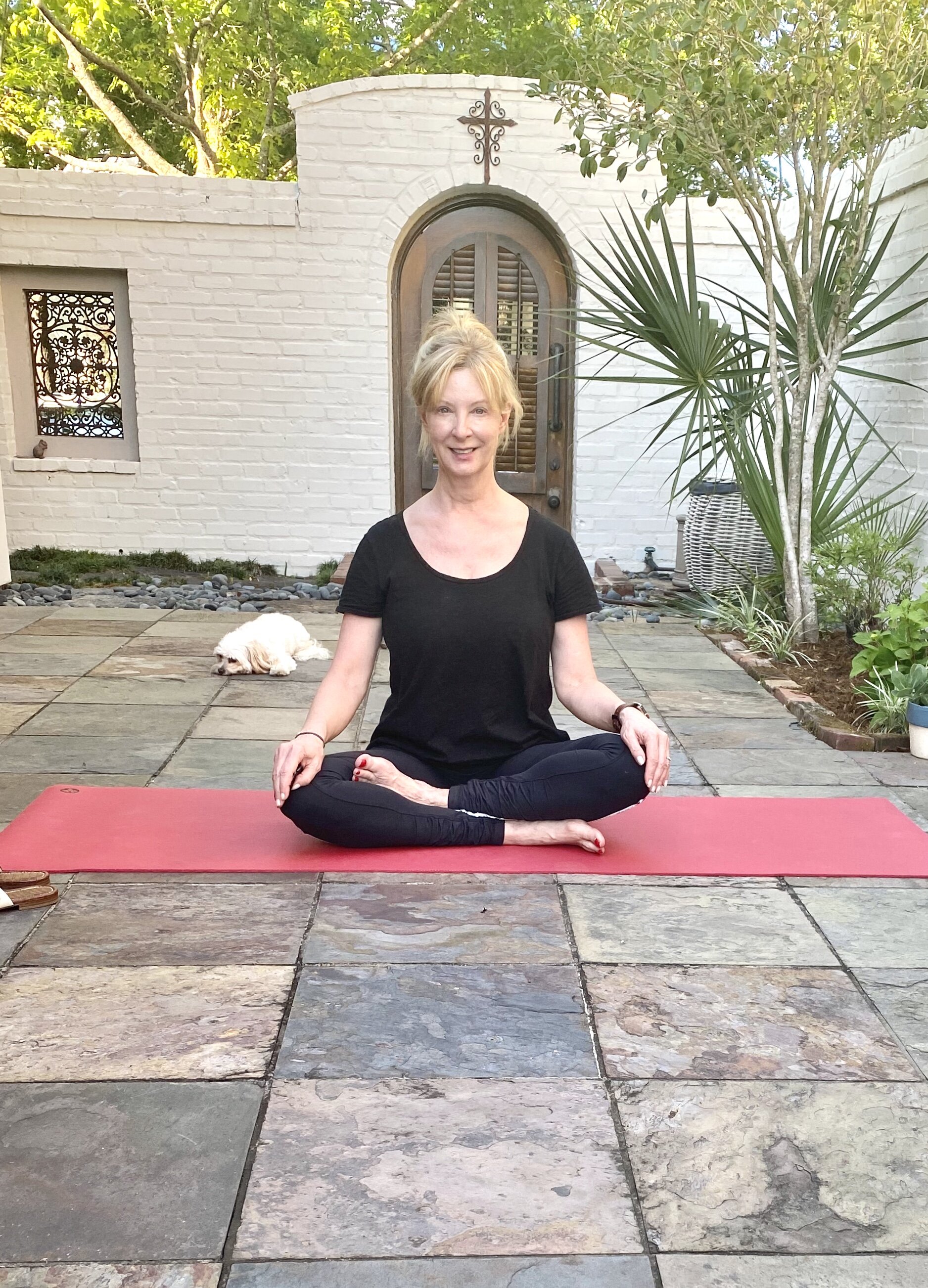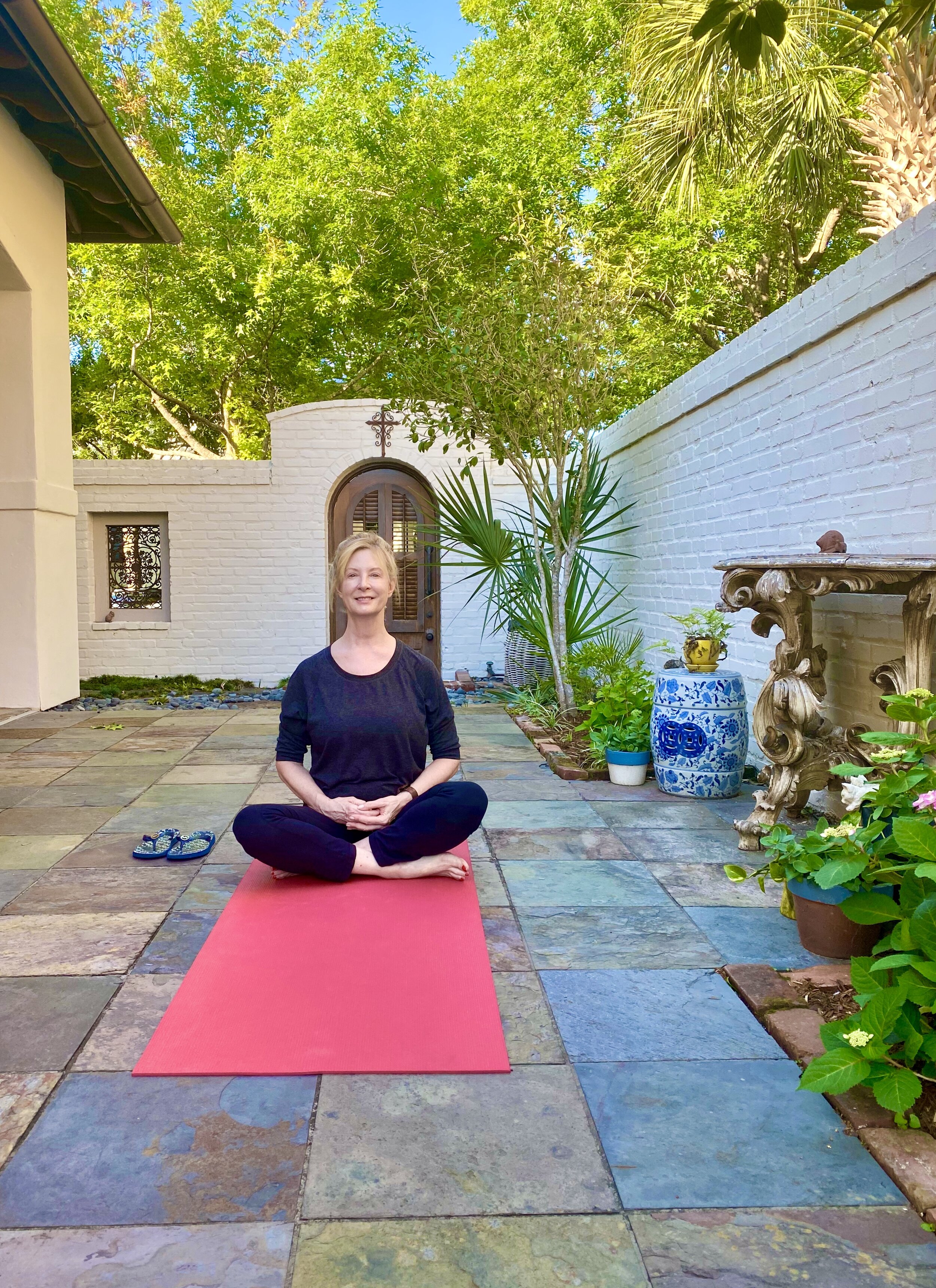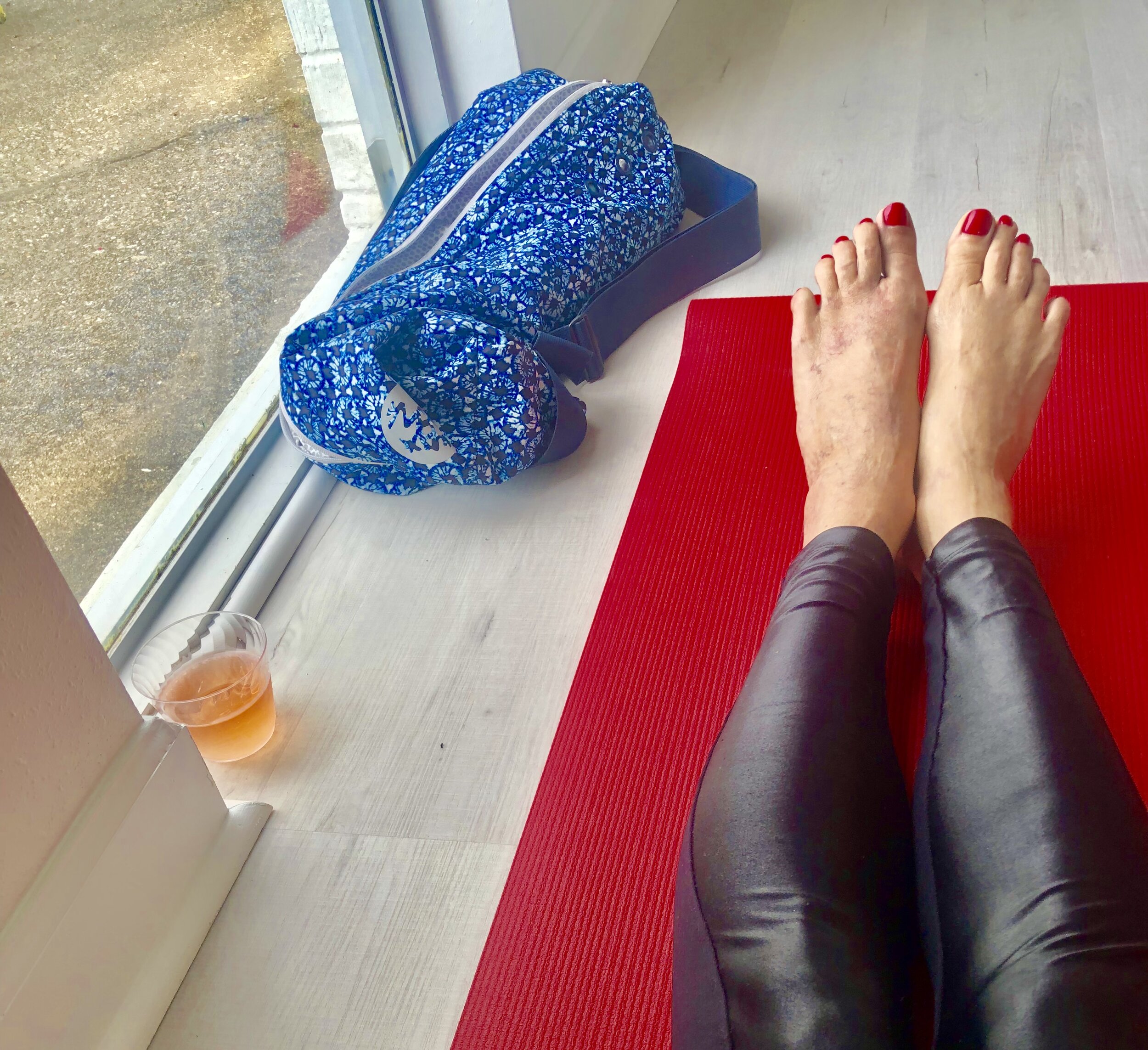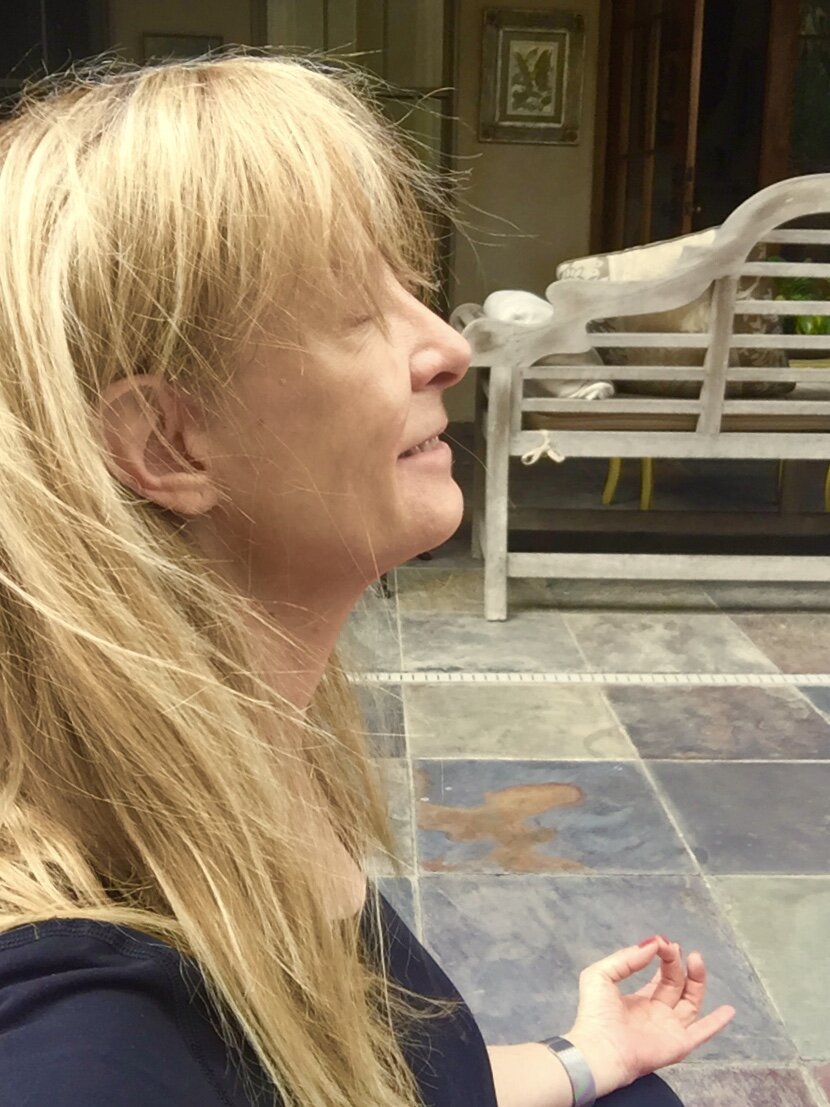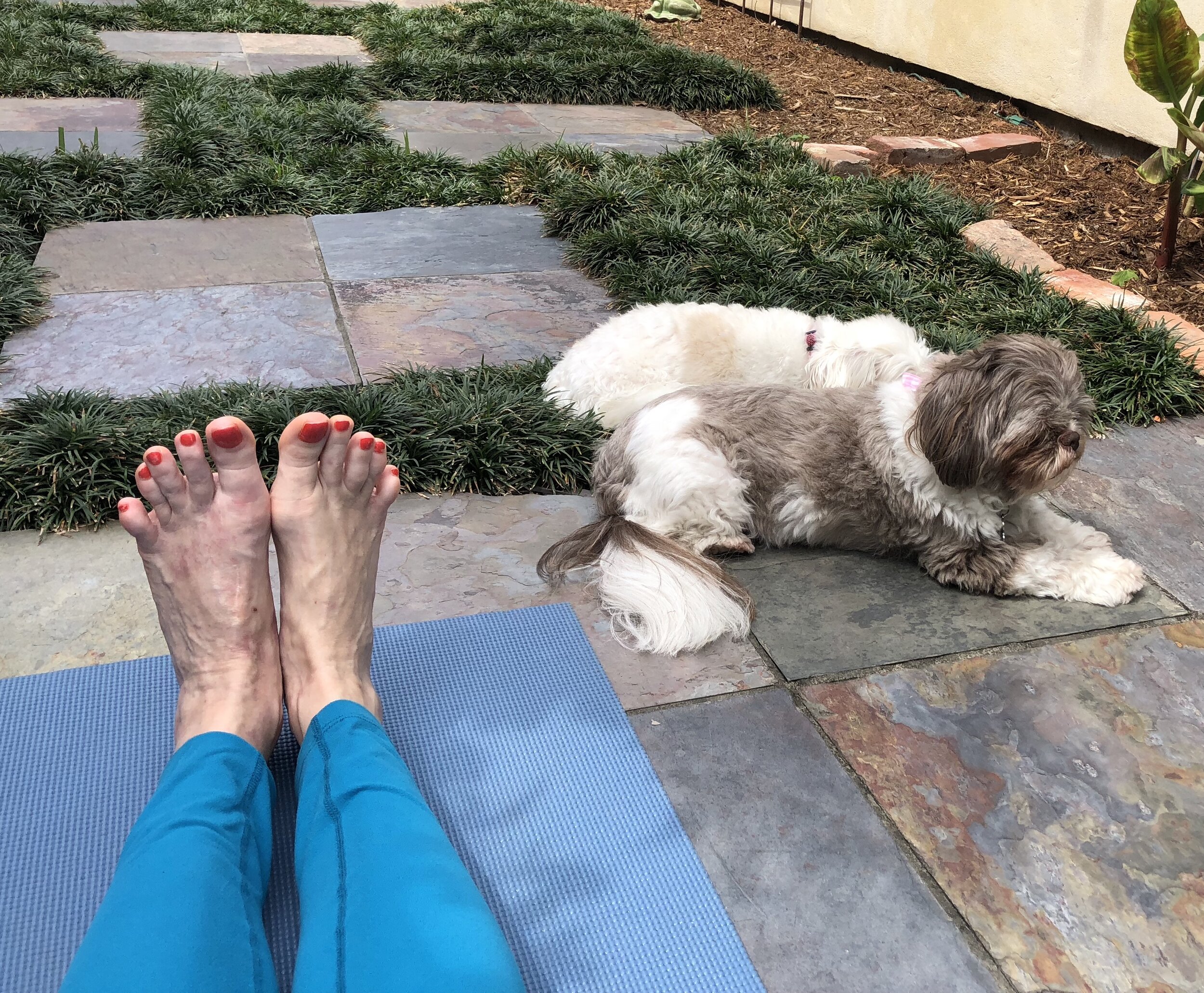This is the Best Way to Find Out why You Need to Start Yoga
/Read to learn a simple test you can perform to reveal imbalances in your body structure. Use it to learn you why you should start yoga. If you already have a practice, it can help you to choose a routine that better focuses improving your specific body’s functioning and find ways to help you feel and move better in your daily life. This test can also be used to show the benefits and improvements you’ve received from your regular practice of yoga.
The human body is fascinating. Its composed of inter-related systems all functioning together like a symphony to help us thrive. Years ago, when I was studying to become a nurse, anatomy and physiology was the jumping off point for everything we would learn concerning health and illness. Anatomy is the structure of our body. Physiology is how the body functions as a whole.
Among the dozen systems covered was the musculoskeletal system. We analyzed the movement of the 360 joints found in the body. One of the ways joints move is - extension. This refers to straightening out a body part from a bent position - such as unbending your elbow or uncurling your fingers
In yoga, the use of extension is vital. Yoga extensions are the lengthening of the spine. Like standing up straight, extending the spine opens up the space between the vertebral discs. It allows and accentuates the natural curves of the spine. In yoga, performing extensions - lengthening the spine - allows us to move deeper into forward folds, back bends, twists and side bends.
In all types of yoga it is important to lengthen the spine - in all poses.
Extensions are both the reason for the practice of yoga and how to practice yoga to see the best results.
Extensions help us:
Grow stronger and flexible in body parts we can see and the deeper musculature we cannot - inside the spine, lungs, ribs and abdomen.
Improve our posture which helps better our overall body structure and health.
Put less stress on muscles, back and joints.
Indirectly, with digestion, breathing and circulation.
Extensions seem to be the easiest yoga poses but they can be the most challenging. Simply sitting with an extended spine while focusing on your breath, for several minutes, can be a challenge to the mind and joints.
How to Find Out Where Your Body Needs Yoga
Yoga posture, or poses, are called asanas. At the beginning of a yoga practice, either as a novice or experienced yogi, there are advantages to a full body scan. This simple technique will help you focus your practice on the things your body need’s most to rebalance, heal and improve function. Body scans can be done in any relaxed position - sitting, kneeling or lying. This is how to use an easy, pose to perform a full body scan
1st - How to Perform an Easy Extension Posture
Choose one of yoga’s simple extension postures. The more comfortable postures for most body types are: Vajrasana (Thunderbolt), Brahmasana (Half Lotus) or Sukasana (Easy Sit).
No matter which comfortable asana you choose, use these guidelines:
Shoulders are relaxed, down and back.
Tuck the chin in slightly so that the “crown” of the head, rather than the forehead, is lifted toward the sky. This lengthens the neck.
Inhale deeply and focus on feeling your chest lift and ribs expand as your lungs fill with life-giving air
Focus on extending your spine up without pushing your chest forward
Notice the thoracic area at the back of your spine flattening and straightening as your rib cage expands in front. You will feel yourself grow taller.
Feel your diaphragm moving downwards in your chest as your lungs expand and fill with air.
If your back lumbar curve starts to exaggerate as your breath deepens, lean your torso forward slightly to keep the spine lengthening up.
Begin to exhale by a slight tightening your abdomen and feel your pubic bone tilt upward.
Notice your diaphragm relaxing as it moves upwards in your chest.
Keep your chest lifted to maintain the extension of your spine with your shoulders relaxed, down and back.
As you continue to the next inhale maintain the slight contraction of your abdomen as you continue to extend of your spine up. Imagine feeling a string pulling up the crown of your head as your chest lifts and expands.
Continue to notice your breath as you maintain the extension of your spine while keeping your upper body relaxed and your abdomen tight.
2nd - Do this Simple Yoga Test to Find Out why You Need to Start Yoga
This simple test can be used to reveal imbalances in your body structure. It will allow you to choose a practice that focuses improving your body’s functioning and to help you feel and move better in your daily life. You can, also, use this test to show the benefits and improvements you’ve received from a regular practice of yoga.
Come a comfortable, easy pose of your choice on your mat or other firm surface like a rug. Set a timer for 1-5 minutes. Remember the pose and amount of time you chose for use in the follow-up test.
Focus on sitting tall and extending your spine up through the crown of your head. Use the instructions for the Easy Extension Posture above in step 1.
Breathe in and out through your nose with relaxed, full, deep and even breaths.
When the timer finishes do a full body scan.
Performing a Full Body Scan:
Mentally run your focus slowly over your joints and down your body - how does your neck, shoulders, back, hips and knees feel? Where do you notice tightness or discomfort?
This awareness can form the goals for your yoga practice. You can search out vinyasa and asanas that pertain to hips, lower back, shoulders, or any area you found needed realignment.
Return to the test after a regular practice of yoga, either daily or 2-3 times a week.
Assume the same comfortable pose as you used in the first test.
Set a timer for the same amount of time, as before, from 1-5 minutes.
Focus on sitting tall and taking those full, deep, even but relaxed breaths. Use the instructions for the Easy Extension Posture above in step 1.
When the timer finishes do the same full body scan from step 2. Mentally run your focus slowly over your joints and down your body - does your neck, shoulders, back, hips and knees feel? Where do you notice tightness or discomfort?
Has there been any improvement? Are you able to sit longer and more comfortably while you focus on your breathing?
Are you now able to focus on the deeper qualities of your spine, breath, flexibility and energy? Do you feel more centered and calm?
LIVING BETTER health notes on yoga: Each of us is composed of a unique joint and muscle configuration. Everybody’s body is different. Some postures you’ll never be able to achieve nor would it be safe for you to do so. Each day and each side of your body will vary, every time you practice. Do not judge yourself harshly. Yoga is about peace in mind and body.
Your only challenge, in yoga, is self-improvement, not self-comparison to others. Don’t judge yourself or others — that's the opposite of yoga’s goal of calm and acceptance. Doesn’t that sound like a nice space to be in?
Final Tips for LIVING BETTER through Yoga:
Yoga extensions are lengthening of the spine. It opens up the space between the vertebral discs while allowing and accentuating the natural curves of the spine.
In yoga, extensions allows us to move deeper into forward folds, back bends, twists and side bends.
In all types of yoga its important to lengthen the spine - in all poses.
Extensions help us grow stronger and flexible in the body parts we see and the deeper musculature we cannot - inside the spine, lungs, ribs and abdomen.
Extensions improve posture which helps better our overall body structure and health by putting less stress on muscles, back and joints.
Indirectly, extensions help with digestion, breathing and circulation.
Extensions seem to be the easiest of yoga poses but they can be the most challenging. Simply sitting with an extended spine and focusing on your breath, for several minutes can be a challenge to the mind and joints.
Employing a full body scan can help you focus your practice on the things your body need’s most to rebalance, heal and improve function.
Your Turn
To round out your yoga education get my free publication — The Ultimate Yoga Resource List. In it I’ve compiled suggested reading materials from top yogis and yoga teachers around the world. It’s also the required reading list for many certified yoga teacher training courses. Most were used in my education to become an instructor.
Share your results from the test in the Comment Section below. How did you tailor your practice to meet your body’s needs? Did you notice improvement?
Please share on social media - this post and your comments could be helpful to others!
